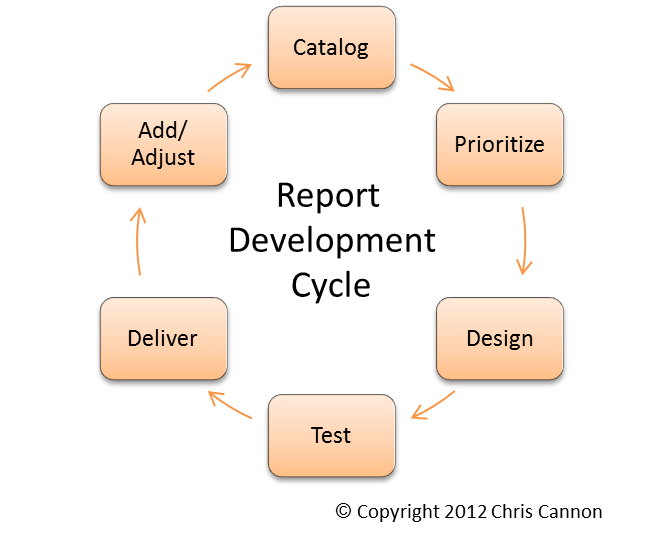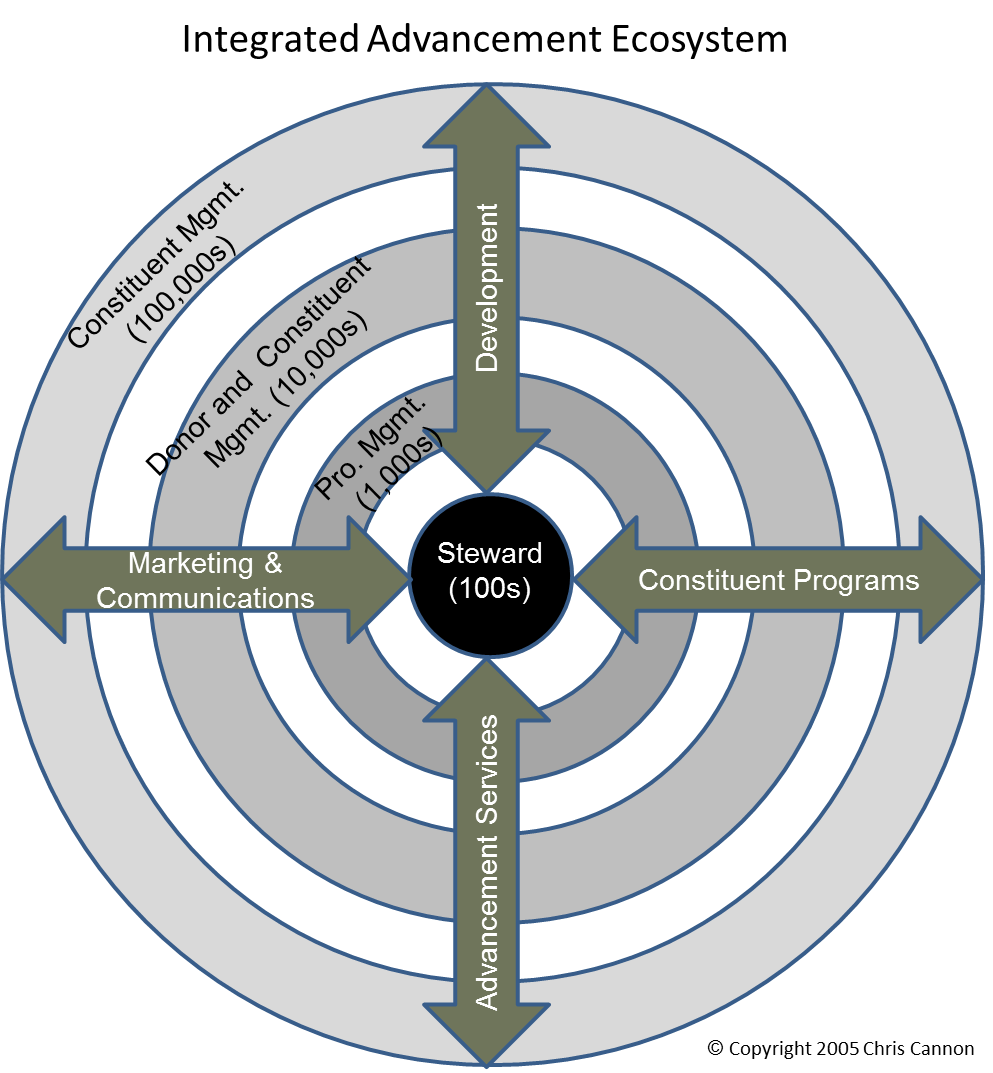Have you seen the Mindset List? Beloit College creates a list of realities for incoming freshman that help inform their faculty. It’s turned in a thing, really. It’s fun, it’s insightful, and it’s useful. For example, you may not know “1. Eminem and LL Cool J could show up at parents’ weekend.” for those in the class of 2021.
What Does this Mean for Us?
For those of us in higher education advancement, this list is a good barometer of our incoming classes. Beyond this, I wanted to see what it would tell us about advancement users–what can we learn from the Mindset List….from 2007.
Think about it: many of our 20-something colleagues are experiencing one of their first jobs when they join our advancement teams. Their experiences are shaped by their mindset, some of which will mirror what they were like when they entered college.
So, what was the mindset of the class entering 2007? Here are a few items that may reflect on advancement operations:
- “19. They have never been able to find the “return” key
- 20. Computers have always fit in their backpacks.”
What does this tell us? For starters, some of our new colleagues expect today’s lingo and increasingly convenient hardware. For too many, we deal with the iPhone problem (which, not coincidentally, launched in 2007). Our consumer lives team with awesome tech and we head to the office to be told to “click the return key” in our decade old documentation while working on often outdated tech. At a minimum, we need to recognize the differences in mindsets across our colleagues.
The rest of the lists are useful, too. The 2008 list provides #44 “They have done most of their search for the right college online” tells us just how likely every new teem member is to demand web-accessible tools. The message in all of these mindset lists is clear: know your audience….and these lists will give you a look into their perceptions and realities.


